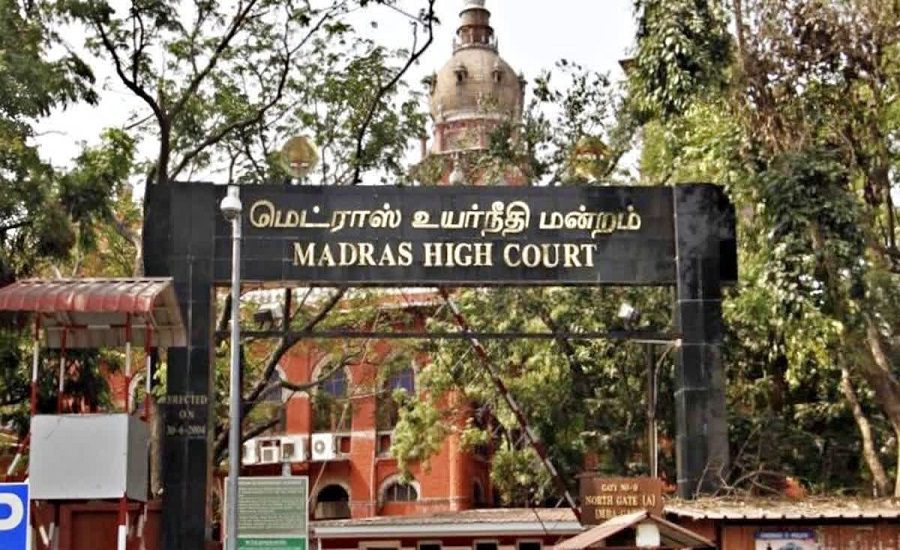Maclean, C.J.@mdashThe Plaintiff was the lessee of certain immoveable property for the term of three years. The property leased was not leased for agricultural purposes or for manufacturing purposes. The case admittedly falls within the Transfer of Property Act. The lease for three years determined, and the Plaintiff held over for some years after the date of the termination of the tenancy. The question is on what terms he held over. The person sued in this case is the Plaintiff''s sub-tenant whose defence is that, at the date of the suit, the Plaintiff''s interest in the property had determined. That depends upon whether or not the notice given by the superior landlord to the Plaintiff was a sufficient notice to terminate the tenancy, a question which is again dependant upon that of the terms upon which the property was held over by the Plaintiff. It seems to me immaterial to consider what the English law may be on the subject. We have to consider what the law in India is. That law has been codified and is to be found in sec. 116 of the Transfer of Property Act. What does the language of that section mean ? It does not appear to me to present any serious difficulty in construction. The material words are : "If a lessee remains in possession thereof after the determination of the lease...... and the lessor.........accepts rent from the lessee,"--which was the case here,--"the lease is in the absence of an agreement to the contrary,"--which must mean an agreement as to the terms of the holding over,--"renewed from year to year or from month to month, according to the purpose for which the property is leased, as specified in sec. 106." That takes us back to sec. 106. I have already pointed out that the property here was not leased for agricultural or manufacturing purposes and, therefore, it was a lease of immoveable property for a purpose other than agricultural or manufacturing purposes and under sec. 106, it must be deemed to be a lease from month to month, terminable on the part of either lessor or lessee, by 15 days'' notice expiring with the end of a month of the tenancy. Such a notice was in the present case admittedly given by the superior landlord to the Plaintiff. Reverting then to sec. 116, it seems reasonably clear that the lease must be regarded as "renewed from month to month" as the purpose for which the property was leased, was neither agricultural nor manufacturing. This view is supported by III. (a) to the section. That being so, the notice given to the Plaintiff by the superior landlord was sufficient in law, and consequently at the date of the institution of the suit, the plaintiff had no interest in the property. His suit, therefore, must fail and be dismissed with costs in all the Courts. This judgment will apply to appeal No. 21 in which also the Plaintiff''s suit must be dismissed with costs in all Courts.
Trailukho Nath Roy Vs Sarat Chandra Banerjee
Result Published
Judgement Snapshot
Case Number
Letters Patent Appeals Nos. 21 and 22 of 1904 in S.A. Nos. 1305 and 1542 of 1901
Final Decision
Dismissed
Judgement Text
Translate:

